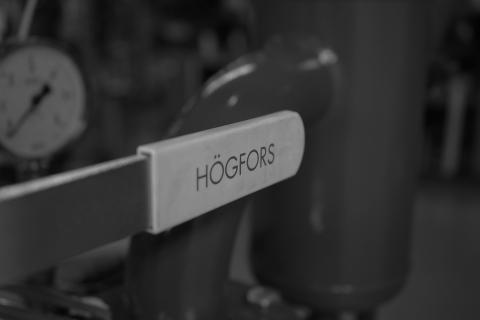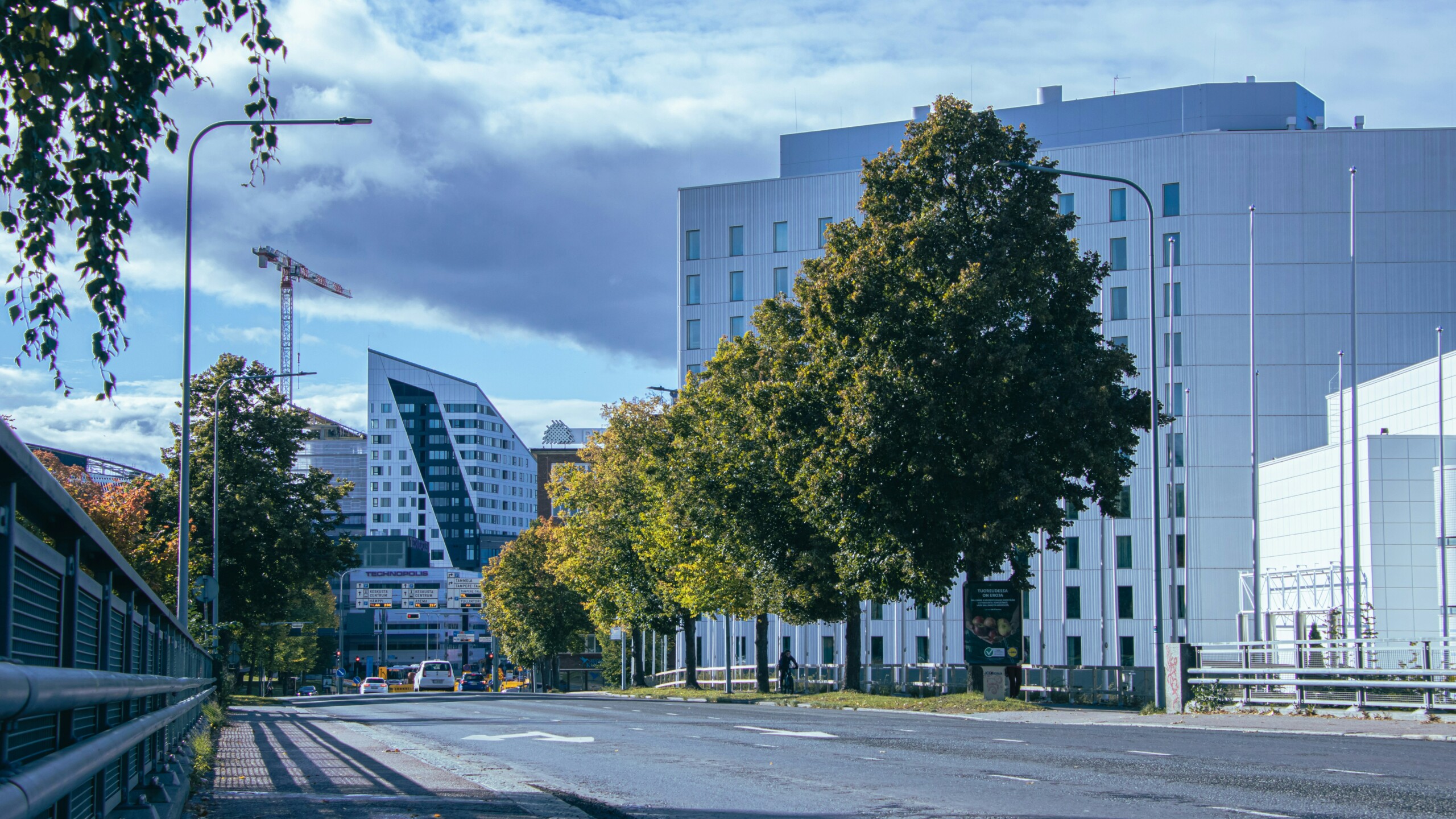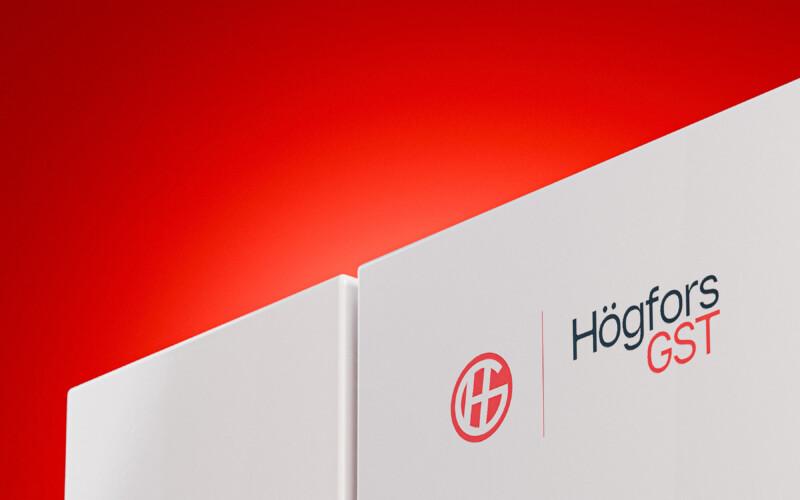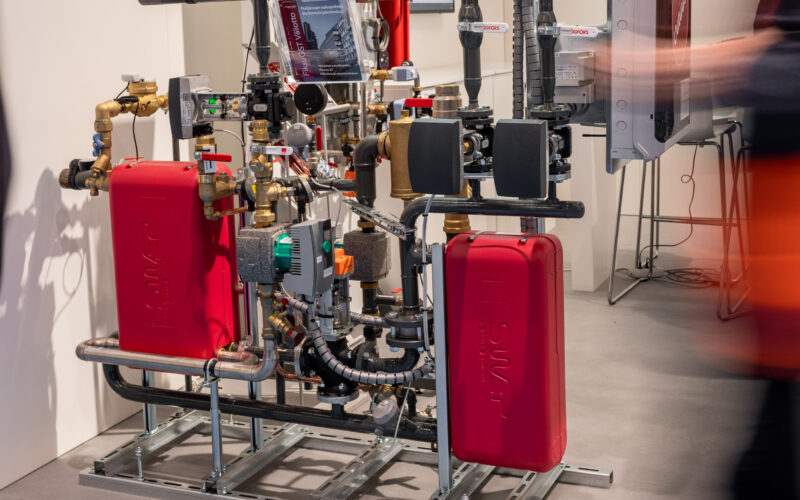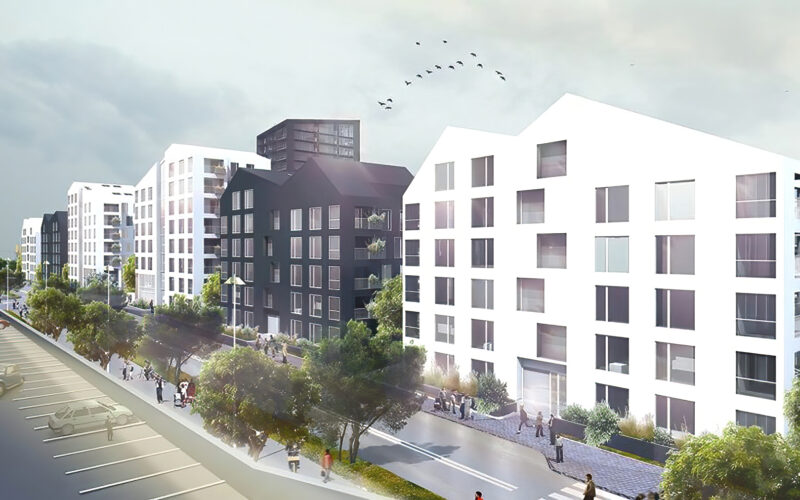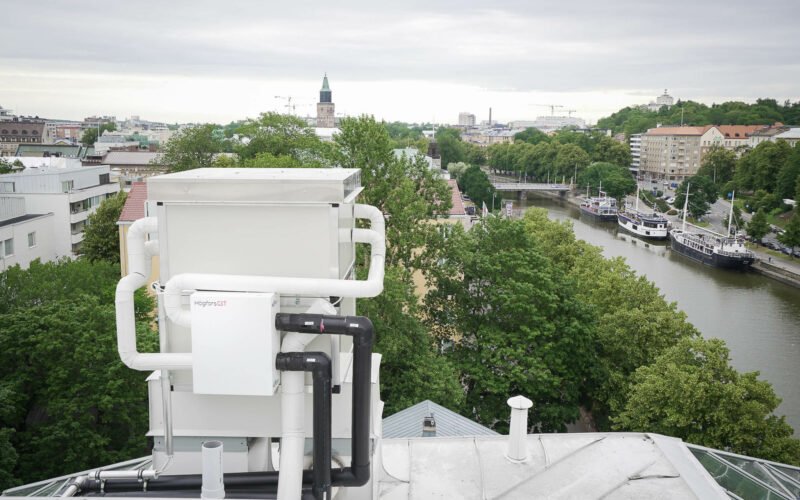The district heating industry needs a scrapping premium programme for old substations. This would accelerate the development of district heating’s energy efficiency, profitability and reduce its CO2 emissions.
In the past decade, the car industry in several countries have launched a scrapping premium programme. The idea is rather simple: while buying a new vehicle, the buyer gets a “reward” for scrapping the old vehicle. In Finland, for instance, almost 6700 old cars were scrapped and replaced with newer cars that produce less CO2 emissions. The 1500 € reward was big enough to motivate the buyers and the campaign was a great success. The cost of the scrapping premium was paid partly by the state of Finland and partly by the car industry.
But how does district heating relate to car scrapping?
Well, it really doesn’t but the scrapping premium is an interesting concept that could potentially speed up the modernization of district heating equipment, especially the substations’. But why should district heating substations be renovated with state support?
The answer to this question is a little longer, but the goal of the whole scheme is the same as with the car scrapping premium: to reduce CO2 emissions. Using Finland as an example, about a quarter of Finland’s CO2 emissions come from heating our houses and the market share of district heating is currently 46%. Emissions from the district heating sector have fallen significantly over the last ten years in multiple countries, but the pressure to reduce emissions still remains. Renewal of district heating equipment would facilitate the reduction of emission levels significantly in many different ways.
Lower network temperatures play an important role
Lowering the district heating network temperatures has been identified as a way not only to fight the climate change, but also to improve the overall energy efficiency. When the water in the district heating network is heated to a lower temperature, fuel is saved, the network losses are reduced and more renewable energy sources, such as industrial waste heat, can be connected to the low-temperature district heating network. One of Europe’s major energy companies, Fortum, has stated: “District heating is the only scalable way in which low-value energy sources can be utilized”. However, this requires lower temperatures to be efficient and profitable.
Lowering the temperature at the power plant’s side is not too difficult: the district heating water is simply heated less. The reason why this has not already been done lies partly in the boiler rooms of hundreds of thousands of district heating properties built before the 2010s. The old-fashioned substations in many of these properties are not designed for lower temperatures. This is a huge amount of real estate, but fortunately a viable solution already exists.
District heating equipment must be upgraded to modern times – and fast
Most of the district heating equipment in use is designed to operate at high network temperatures, which prevents the district heating network temperatures from being lowered and the resulting cost savings and emission reductions being achieved. In order for these substations to operate at lower temperatures, the flow rates in the network would need to be increased tremendously. This, in turn, might cause bottleneck situations in the network and compromise the security of supply in the times of peak demand.
A scrapping premium would accelerate the renewal of the equipment and the development of energy efficiency, competitiveness and environmental friendliness of the district heating network at the same time. The heat transfer technology of modern substations is better suited to low network temperatures than its predecessors. The new equipment is also more energy efficient with its smart control system and high-quality components.
District heating is currently undergoing the biggest change in its history: the fossil fuel-based power plant-centric model is making room for an open network using renewable energy sources and the latest technology to achieve fourth generation of district heating (4GDH).
It is now a great time to make this change and take a big step towards an ambitious goal: a carbon-neutral society. The district heating industry is ready to lead the way. Now we need bold decision-makers!

Antti Hartman
Strategy & Business Development Director
+358 400 738 325
antti.hartman@hogforsgst.com
